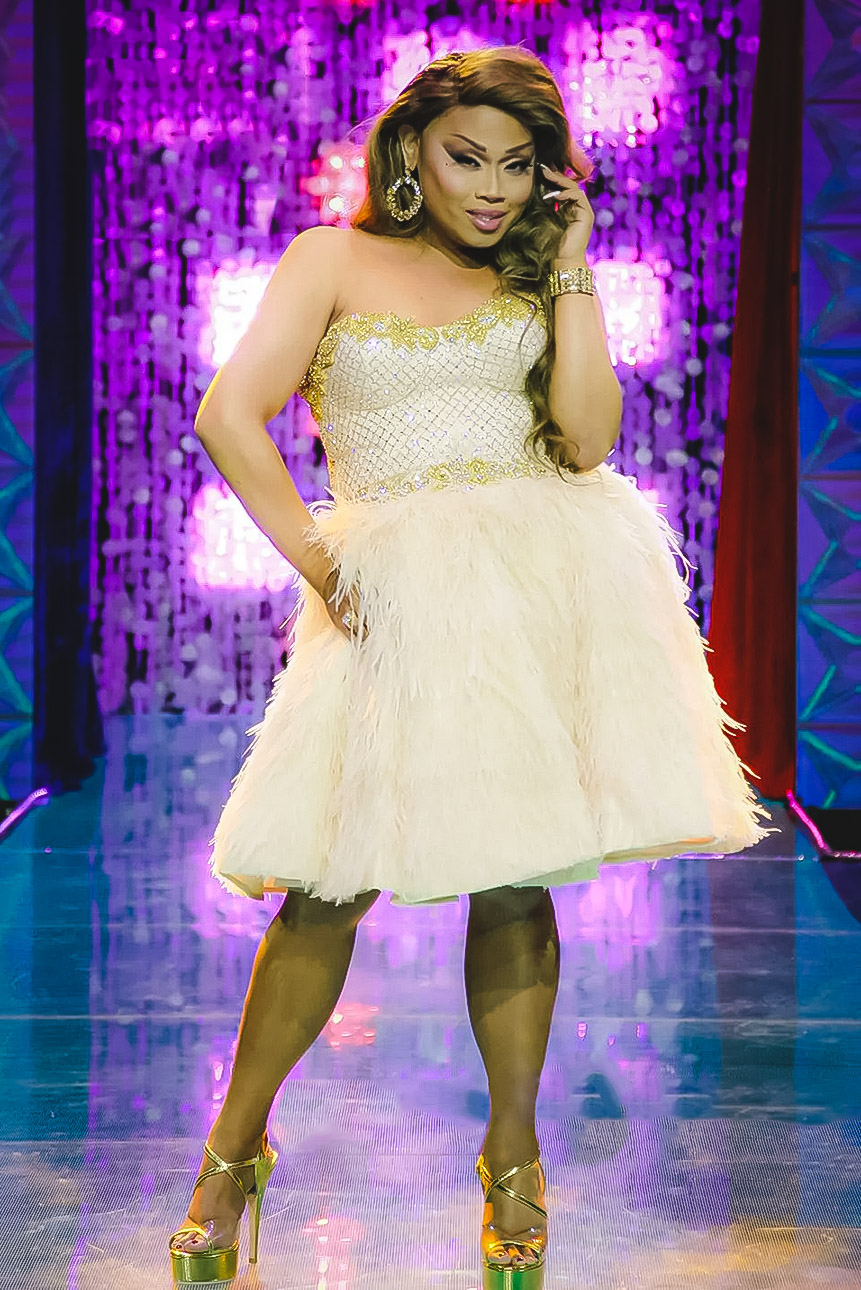
A Fresh Face For Drag Race In the Philippines
By Rowan Nepali
Hosted by actor, performer, and legendary makeup artist Paolo Ballesteros (or Mama Pao), the show’s first two episodes presented an inside look into Filipino drag culture and Filipino culture overall. Episode one featured a “Ter-No She Betta Don’t” themed runway with a variety of Filipiniana-inspired looks (including a tribute to the legendary Paper Dolls). Episode two kicked off with a rousing game of palo-sebo and capped things off with a traditional Filipino Flores de Mayo procession complete with a Sagala arch.
The production values were a mixed bag, with lovely sets and well-thought-out challenges hampered by some questionable camera angles, editing choices, and the host’s apparent nerves. But the queens’ talent, enthusiasm, and obvious chemistry overshadowed any minor production issues. The judges panel offers strong Trans-femme representation by including judges such as US Drag Race alumn (and Philippines-born) Jiggly Caliente and television personality KaladKaren. And the fact that Drag Race Philippines is also one of the rare franchises with no white people on it means there are no worries that the Indigenous queens or queens of color will be among the first to sashay away, as they often are.
The show also feels accessible to international, non-Tagalog speaking audiences owing to the queens’ comfort with speaking English. Even Mama Pao opts for using Ru’s familiar Drag Race host lingo versus awkwardly translating it into another language like the other non-English speaking franchises. I’m looking at you, Drag Race Esapaña and your lipsync a vida o muerte.


While a case could probably be made that this show is an extension of a definitively Western framework onto the world of Filipino drag, I won’t make that case. The Philippines has a long history of cultures celebrating queerness and the subversion of the Western concept of a gender binary. You can learn a little more about that at this link. I thoroughly enjoyed Drag Race Philippines and hope that it paves the way for more non-Western Drag Race franchises.
